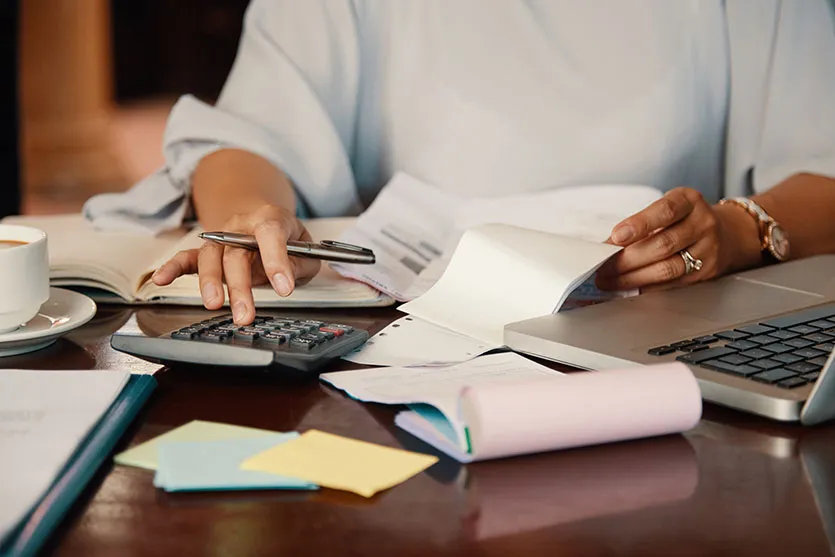Understanding the bankruptcy process can be daunting if you are completely unaware of it. If you are an individual, business owner, or other entity facing financial challenges, you can go for bankruptcy process. If you are unaware of its intricacies and details, we will help you with this article. We will discuss the step-by-step procedure through which you can file for bankruptcy.
There are various types of bankruptcies, such as Chapter 7 Business Bankruptcy, chapter 13, 11 and other such types, which involve almost similar procedures. Therefore, let’s begin our discussion about the procedure to declare an individual or company bankrupt.
Step 1: Find a Good Attorney
You must deal with the bankruptcy process with the help of an experienced attorney who can make this pathway easy for you. There are several ways to find a good lawyer for your case; you can take references from your family and friends or search online about them. You should also compare the fees but always remember that the least expensive is not always the best one. So, choose wisely and find a good attorney.
Step 2: Bankruptcy Counselling Session
There will be a counselling session in which you have to learn about the pre-filling training. They will explain how you have to do all the paperwork and discuss your budget, the pros and cons of your bankruptcy and other such details. So, this is also an important step in this procedure.
Step 3: File the Bankruptcy in the Court
When you complete your counselling, you can move ahead with your procedure by filing a bankruptcy case in court. In this, your bankruptcy will appear in your credit section, and the creditors will stop calling you or messaging you. Once you file for bankruptcy, there will be an automatic stay, and therefore, there will be no calls and messages from creditors.
Step 4: Liquidation and Repayment
In this step, there is a liquidation process by selling your assets and settling all your debts. The repayment depends on which type of bankruptcy is applicable in your case. If there are any secured properties or other such issues, you have to inform your attorney about it and move ahead in the case.
Step 5: Debt Discharge
In this step, your debts will be discharged. Bankruptcy wipes away your debt and removes all the obligation to pay creditors. This provides relief to the debtors, and thus, these are some of the important steps of bankruptcy.















